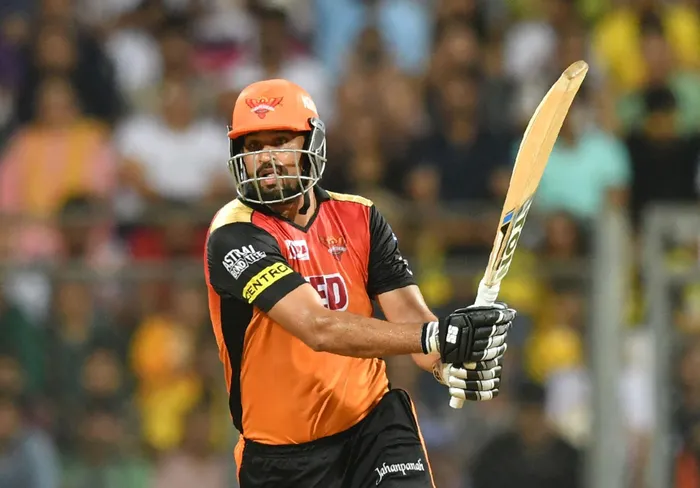
Proteas paceman Kagiso Rabada is serving a provision suspension after testing positive for a "recreational drug". Photo: AFP
Image: AFP
The world of sport has seen its fair share of athletes fall foul of banned substances, and cricket is no exception. Over the years, several prominent cricketers have found themselves embroiled in drug scandals — whether performance-enhancing or recreational.
With Kagiso Rabada admitting this past weekend to using a banned substance after a filled drug test, we look at six other players who’ve made headlines for the wrong reasons in recent memory.
Kagiso Rabada
Admittedly, the 29-year-old's recent indiscretion doesn't seem as serious as what will follow below, but it will unfortunately damage his brand regardless.
KG is arguably South Africa’s most prolific bowler of the modern era. The Proteas paceman, who has taken 327 Test wickets and 168 in ODIs since his 2015 debut, returned early from the IPL citing "personal reasons".
It later emerged that he had tested positive for a "recreational drug" and was serving a provisional suspension. There has been a continued downgrading of the words used to describe the drug since, while Rabada apologised publicly on Saturday. It is hoped he will return in time for the World Test Championship final against Australia at Lord’s in June.
“I’m looking forward to returning to the game I love,” Rabada said, in a statement this past weekend.
Shane Warne
Widely regarded as one of the greatest cricketers of all time, Warne’s illustrious career was not without controversy. In his 2022 documentary Shane, the legendary leg-spinner opened up about his excessive alcohol consumption but denied using illicit drugs.
However, on the eve of the 2003 Cricket World Cup, Warne tested positive for Moduretic — a diuretic often used to mask banned substances. Warne claimed it had been given to him by his mother to help him lose weight. Despite his explanation, he received a 12-month ban from international cricket.
Shoaib Akhtar
Known as the “Rawalpindi Express,” Akhtar was arguably the fastest bowler of his generation. However, his career was also punctuated by controversy.
In 2006, Akhtar tested positive for the anabolic steroid Nandrolone, which mimics testosterone to promote muscle growth and enhance performance. He was banned for a year and made his return in 2007 with a four-wicket haul against South Africa.

Former Indian player Yusuf Pathan. Photo: AFP
Image: AFP
Yusuf Pathan
Former Indian cricketer Pathan’s career took a hit in 2018 when he was handed a five-month suspension by the BCCI. Pathan claimed the banned substance detected in his system was due to medication he was taking for a respiratory infection.
“The prohibited substance was detected in my sample because of a medicine I was taking for a throat infection,” he explained, vowing to be more cautious in the future.
Since retiring from cricket, Pathan has turned his attention to politics, joining the All India Trinamool Congress.
Alex Hales
Already under the microscope after the 2017 Bristol incident that also involved Ben Stokes, Hales found himself in further trouble in 2019. The right-handed opener tested positive for the recreation drug cocaine.
It was his second offence, and under ECB rules, he was subject to a three-week ban and a 5% salary fine. Hales missed both the 2019 Ashes and the Cricket World Cup. Although he eventually returned to the game, his relationship with the ECB never fully recovered. He retired from international cricket in 2023.
Marlon Samuels
West Indian all-rounder Samuels was banned in 2008 for using the anabolic steroid Dehydrochlormethyltestosterone. Samuels claimed he had not knowingly taken the substance.
Initially facing a two-year ban, Samuels successfully appealed for a reduction and served a 12-month suspension. He returned in 2010 and eventually rebuilt his reputation with some strong performances, particularly in limited-overs cricket.